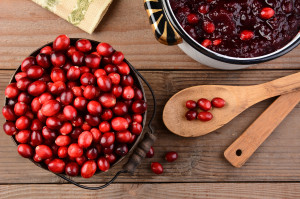Eggs By the Numbers
by Buck Reed
As popular as eggs are, each person in the United States eats about 270 per year. That still adds up to a $10 billion a year business that employs 125,000 full-time employees. That is certainly something to crow about.
As far as purchasing eggs for you and your family, free-range chicken eggs are better than mass-produced eggs. Free-range chicken eggs can cost 2-3 times more than those found in the supermarket, but are worth every penny in terms of flavor and freshness. A chicken who scratches out at least part of her nutrition from the backyard will produce a better egg. Scientifically speaking, happy chickens make better eggs. There is a ton of data to support this.
As far as the culinary world, eggs are an essential part of our world. A chef’s hat has a multitude of folds, each one representing a different way they can cook an egg. Omelets, scrambled, or fried are just a few of the many ways we can enjoy eggs every morning. In baking, eggs have an important function in stabilizing finished products, making them firm. As an ingredient, they also add richness and nutrition to everything they touch. This little miracle ingredient could be the most important part of any cook’s or baker’s repertoire.
As far as eating eggs safely, they have a dubious reputation. For every study that says they are good for you, someone will fund a study that says they are bad for you. To some extent, it is about the money. You won’t see the Egg Council fund a study saying eggs are dangerous to your health nor the Big Time Cereal corporations fund a study that says eggs are the wonder food for nutrition. That being said, you should monitor your health and eat eggs in moderation.
Eggs are best eaten fresh. The best way to determine freshness is to put them in a pot of water and see if they float. If they do float, they are old and should be discarded. The white or albumen part should have two distinct parts, described as thick and thin. After it is cracked the thick part surrounding the yolk should actually stand up looking like a mountain. As it ages, the thick albumen becomes thinner.
No matter how you eat your eggs, you should take the time to prepare them well. Just in case they really are super bad for you, you may as well make sure you enjoy them.

 Cranberries come from the family of Ericaceae, which is described as an evergreen dwarf. They are cultivated from October until December, which probably explains their popularity during the holiday season.
Cranberries come from the family of Ericaceae, which is described as an evergreen dwarf. They are cultivated from October until December, which probably explains their popularity during the holiday season.